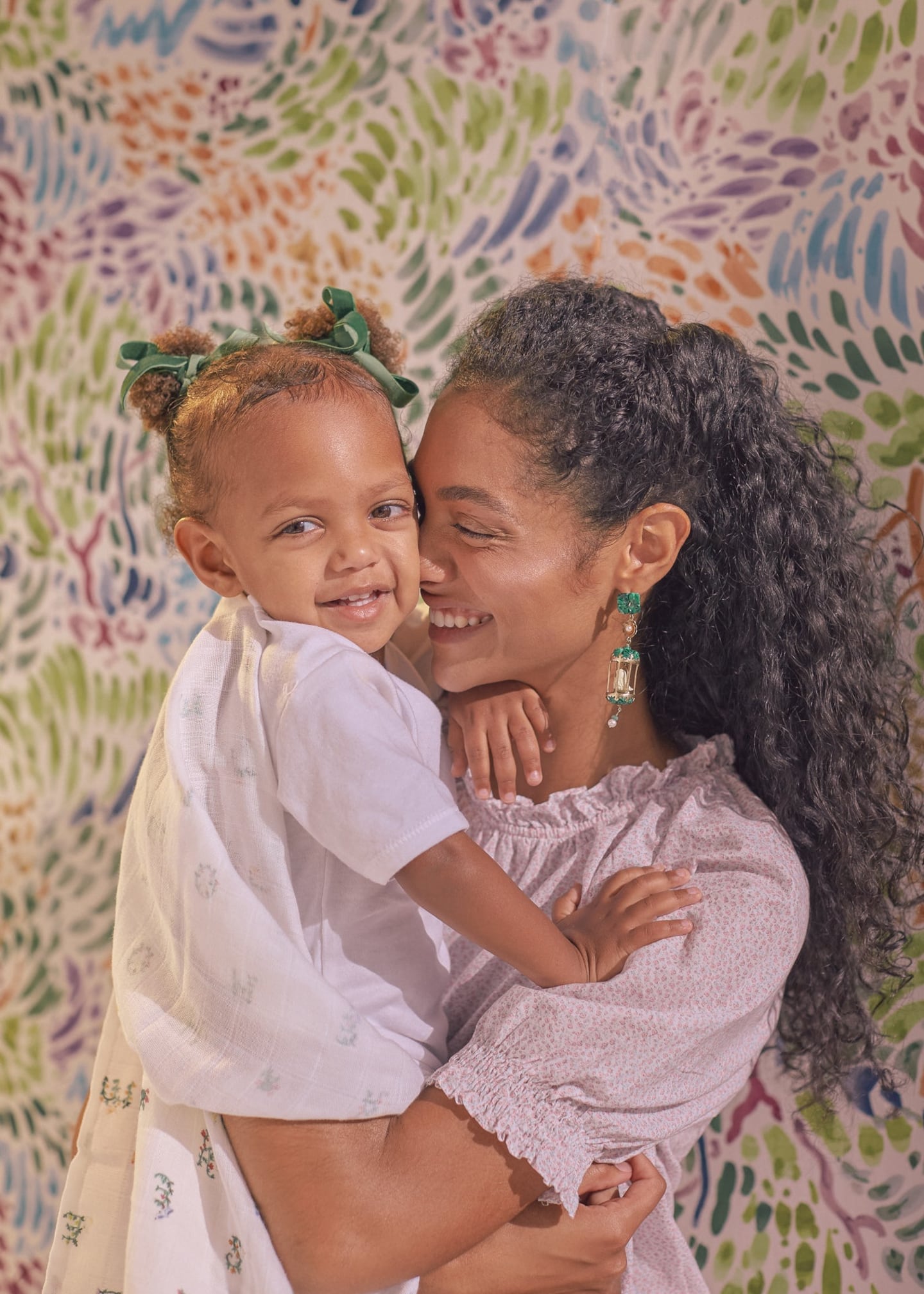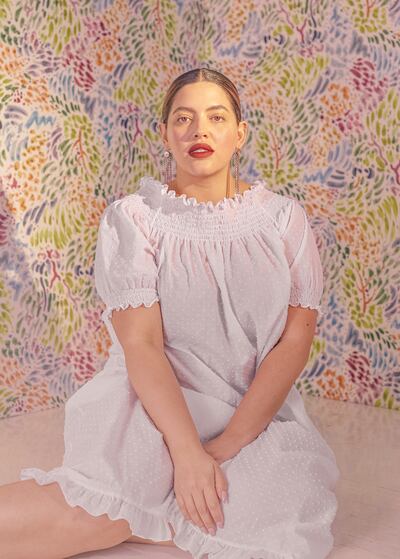
The Business of Fashion
Agenda-setting intelligence, analysis and advice for the global fashion community.

Agenda-setting intelligence, analysis and advice for the global fashion community.

NEW YORK, United States — Hill House Home is growing beyond bath and bedding, adding babywear and accessories to its lifestyle mix.
The New York-based, direct-to-consumer brand best known for its luxury-grade, customisable bed sheets and towelling is launching its baby vertical on November 18.
The new collection is built around essential products for the first 12 months of parenthood, ranging from bibs and swaddle blankets for babies, to nightgowns and diaper bags for parents. Pieces are organised into 12 “kits,” with prices ranging between $50 to $250.
Ahead of the launch, the brand raised a $1.5 million private equity round, led by 8VC, and $400,000 from an inventory financing facility (a separate transaction with capital used for inventory purchasing only).
ADVERTISEMENT
This is the first time the brand has taken on any investment, aside from a small friends and family round ahead of launch in January 2016. From day one, founder and chief executive Nell Diamond was wary of taking on external capital to grow the business, instead concentrating her efforts on product and customer experience.
“My focus from the beginning was building a profitable company,” said Diamond. “I wanted to build a business that could exist without intense marketing spend.”
My focus from the beginning was building a profitable company. I wanted to build a business that could exist without intense marketing spend.
Her strategy worked. Hill House Home reached profitability after two years. While Diamond declined to share revenue figures, she said the business has seen over 100 percent sales growth year-on-year for the past three years.
“The changing point for us for raising money was that we just would not be able to sustain the incredible growth that we’ve been seeing over the past three years if we didn’t take the capital,” she said.

One of Hill House Home's popular "Nap" dress styles | Source: Courtesy
In July, the brand branched into leisurewear. Since then, apparel has grown to become 28 percent of the overall business. For comparison, bedding, the vertical brand is best known for, now accounts for 29 percent.
Its first segue into the category, a $175 tie-dye lounge set, sold out within 30 minutes of launch, after being posted to the brand’s Instagram Stories.
Shortly after, the brand debuted its take on the modern nightgown, the “Nap Dress,” which retails between $75 and $175. After the success of the tie-dye lounge set, the team bought heavily into the styles, yet still sold through eight months of inventory in four weeks.
ADVERTISEMENT
Kimmy Scotti, founding partner at 8VC, had been following Hill House Home since its launch. But she saw the brand hit an inflection point over the summer.
“[It] had this permission for lifestyle — as evidenced by the performance of the apparel category — and such power with the consumer,” said Scotti. “That got us really excited about what [Diamond] was doing, and so we decided to jump in and lead this round.”
Consumer companies only make up about 20 percent of 8VC’s investment portfolio. But Scotti sees home as the “wedge of lifestyle,” an opportunity that will only continue to grow thanks to Instagram and social media.
“The home category as a whole has really shifted in this really exciting way, where people are spending more and really investing more in these moments in their life of self-care,” said Scotti. “You’re taking more images in these spaces, so you want everything to feel really done and refined.”
Hill House Home’s leap into the baby category came from customer demand, said Diamond. While she, as a new mother, saw a space in the market for practical, stylish new born essentials, the fact that her customers saw it too pushed her to develop the line.
“People talk about the benefits of direct-to-consumer brands being all in the ‘save money’ and supply chain. And that’s absolutely true,” she said. “But as a CEO, my biggest benefit of being a direct to consumer company is that I’m really able to access our customer and use them as my north star in everything that I do.”
Related Articles:
[ Why Luxury Retailers Are Making a Play for HousewaresOpens in new window ]
[ Is Fashion Missing the Homeware Opportunity?Opens in new window ]
[ Yes, People Are Buying Couture for Babies. Here’s Why.Opens in new window ]
The Los Angeles-based accessories label has been a well-kept secret in the industry, but founders Yang Pei and Stephanie Li are hoping to change that through new acquisitions, opening brick-and-mortar stores and using AI to speed up the design and production process.
Designer Carly Mark sparked conversation about what it takes to make it as an emerging designer in New York when she announced she was shutting her ready-to-wear line and moving to London. On Thursday she held her last sample sale.
To stabilise their businesses brands are honing in on what their particular consumer wants to buy, introducing new categories and starting conversations.
That’s the promise of Zellerfeld, a 3D-printing partner to Louis Vuitton and Moncler that’s becoming a platform for emerging designers to easily make and sell footwear of their own.